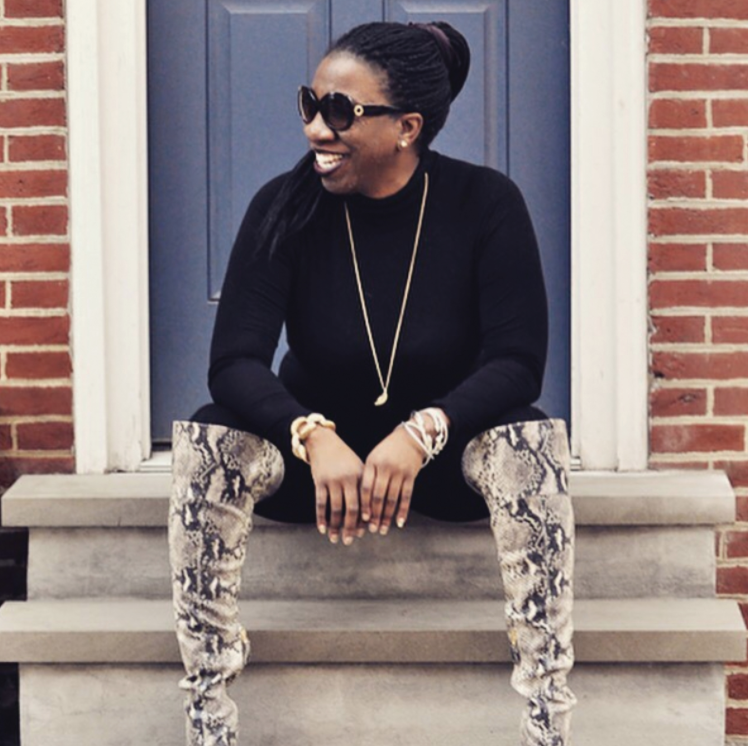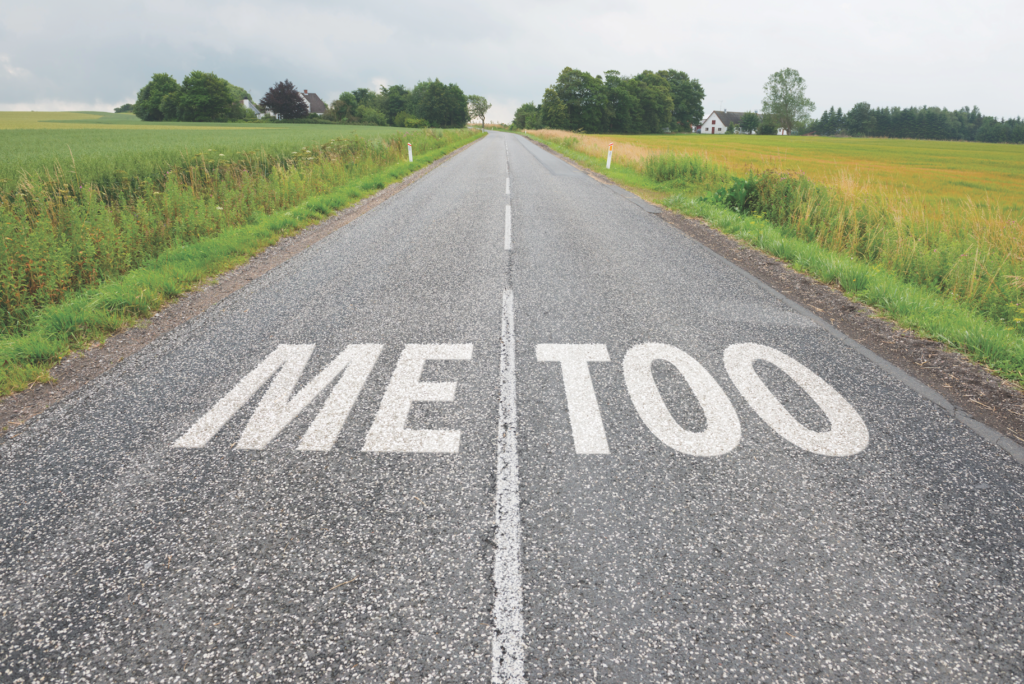
SHERYL SANDBERG: Let’s start at the beginning—when and where you started Me Too—long before hashtags, before any of us could envision what it would become. It started with you.
TARANA BURKE: I was living in Selma, Alabama, and my friend and I had co-founded an organization called Just Be Ink, an organization created for young women of color in our community to help them develop a sense of self-worth. In doing that, as inevitably happens when you gather young women together, they started revealing their experiences with sexual violence to us. And we thought, We have to do something about this. As a longtime organizer, I also questioned why, as a community, we didn’t address sexual violence as a social justice issue. And so, it started from that place of wanting to elevate this conversation beyond the personal, to a social justice issue.
SS: Most people don’t realize that when Me Too became a viral hashtag, you’d been talking about this problem for more than 10 years. And like a lot of women of color, your work went unnoticed, until women with more privilege came into the space. That’s a hard thing, and I know how gracious you are. What has that experience been like?
TB: When it first went viral I thought, Oh my God, my work is going to be erased. People won’t believe that I have been doing this for some time. But you know, Alyssa Milano, who was the first person to tweet it out, was incredibly gracious and generous in making sure that other people knew, once she found out, that this was my work. What’s been more difficult, or challenging, around this: As a black woman in this position, people will celebrate me as the founder of Me Too, but they don’t really look to me for leadership in Me Too. And so, it’s this really interesting departure: I joke and say I’m like a walking black history fact. People who are asking, “What’s next for Me Too?” are looking to other people for that, when I [already] have a vision for a way forward.
SS: I’m glad you’re here, because we are all about asking you about that vision. So, what’s next for Me Too?
TB: The work of this movement is about two things: centering survivors of sexual violence, and making sure that they have the resources that they need to craft a healing journey. Beyond just knowing you’re not alone, once you get that, once you realize you have a global community of survivors, there is work that has to happen, and the movement is about what happens after you say “Me Too.” The next step as an organizer is to bring action into the picture. People want to know what they can do to interrupt sexual violence in their communities, and so our job is to provide those things.
SS: When you think about the resources people need—and I know you work directly with people who have had these experiences—what are those resources?
TB: For an individual healing journey, I can’t tell people what they need. What I can do is let them know it’s possible, and give them access to tools that they need. So some people need community healing circles. Other people need space, or therapy. For us, our job is to make sure that you know that you can get on a journey and change the whole trajectory of your life. For us, the Me Too movement is a joy movement. It’s about teaching people how to access joy in their lives instead of leaning into their trauma, so that they understand that when the hard part comes, you have joy to lean into. As survivors, there’s a way we lean into our trauma, and it becomes almost like a security blanket. It’s not that that it feels good, but it’s so familiar, it becomes a place that we default back to. I’ve lived a life where I’ve had joyous occasions, like the birth of my child.
SS: She’s so fabulous. For full disclosure, she’s a total grown-up. She’s taller than both of us, isn’t she?
TB: I have a 20 year old. She’s 5-foot-10, and she is fabulous. The shift came for me when I leaned heavily into the joy in my life. We say ‘survivor’ all the time, and it becomes a badge of honor, but we really don’t talk about what survival looks like. Survival is hard, and there’s an ugly underbelly to it that we don’t have conversations about. Survivors out in the world need to know that, and they need to know all of it is part of the journey. So the rough and ugly, can’t get out of bed, really feeling horrible is part of it, but the joy is a part of it, too. I have a book coming out next year. The title, Where the Light Enters, is from a Rumi quote: “Your wounds are where the light enters.” I draw strength from that. I always feel like this horrible thing that happened to me has to mean something.
SS: Well it has, to millions of people.
TB: I’m humbled by that, and grateful. The other thing people need to know is that sexual violence is a social justice issue that is going to take all of us doing everything we can at full capacity in order to move the needle. And so, we all have a role to play in this. This movement is about centering survivors and making sure they have what they need, but it’s also about looking at what community healing looks like. What are the gaps that are missing in our community, in society; what kind of policies, laws, and culture do we have to create so people feel safe and protected? These are the big-picture questions we should be talking about.




